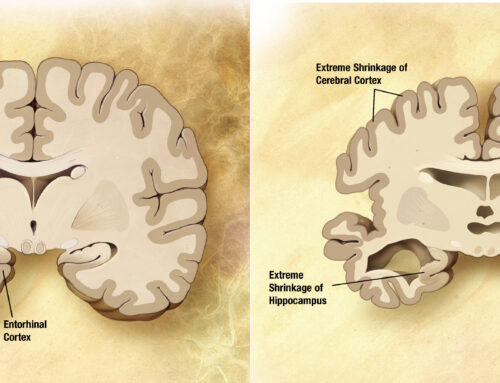Original article from JAMA
KEY POINTS
Question Does cardiovascular risk increase and lead to the development of pathologic cardiovascular phenotypes among US football players?
Findings In this multiyear, multicenter, longitudinal and observational cohort study of 126 collegiate US football athletes, weight gain, increased systolic blood pressure, and arterial stiffening and reduced diastolic function occurred over 3 years. Increased weight and blood pressure were associated with arterial stiffening and the development of concentric left ventricular hypertrophy.
Meaning Throughout collegiate US football exposure, weight gain and hypertension progressed and were associated with the development of a pathologic cardiovascular phenotype characterized by concentric left ventricular hypertrophy, arterial stiffening, and reduced left ventricular diastolic function.
Importance Former US football athletes are at increased risk of cardiovascular (CV) morbidity and mortality compared with the general population and other professional athletes. However, responsible maladaptive CV phenotypes have not been fully characterized.
Objective To address the emergence and progression of multiple independent factors associated with CV risk across serial years of collegiate US football participation.
Design, Setting, and Participants Collegiate US football athletes from 2 National Collegiate Athletic Association Division I programs were recruited as freshmen between June 2014 and June 2017 and analyzed at multiple points throughout 3 complete years of collegiate US football participation (until January 2019). Excluded athletes were those who did not complete any season of US football training because of injury, illness, or leaving the team. Factors associated with CV risk assessed clinically, by transthoracic echocardiography, and by vascular applanation tonometry were recorded.
Exposures The exposure of interest was seasonal US football exposure, including training, competition, and the training environment.
Main Outcomes and Measures Primary outcome measures were left ventricular mass index and geometry (cardiac structure), early diastolic myocardial relaxation velocity (E′; diastolic function), and pulse-wave velocity (arterial stiffness).
Results Of 186 individuals recruited as freshmen, 126 athletes were included in analyzed data. Collegiate US football athletes (62 white individuals [49%]; 63 black individuals [50%]; 77 nonlinemen [61%]; 49 linemen [39%]; 126 male individuals [100%]) weighed a mean (SD) of 101.1 (21.0) kg, with a mean systolic blood pressure of 129.1 (11.6) mm Hg at baseline of the freshman season. Adjusting for race, height, and player position, there were significant increases in weight (mean [SE] Δ, 4.74 [0.6] kg; P < .001), systolic blood pressure (mean [SE] Δ, 11.6 [1.6] mm Hg; P < .001), and pulse-wave velocity (mean [SE] Δ, 0.24 [0.09] m/s; P = .007), and significant declines in E′ (mean [SE] Δ, −1.7 [0.3] cm/s; P < .001) across 3 years of US football participation. Weight gain was associated with both arterial stiffening (increased pulse-wave velocity, β = 0.01 [SE, 0.004]; P = .003) and the development of concentric left ventricular hypertrophy (odds ratio, 1.09 [95% CI, 1.05-1.14]; P < .001); increased systolic blood pressure was also associated with arterial stiffening (β = 0.01 [SE, 0.003]; P = .007) and the development of concentric left ventricular hypertrophy (odds ratio, 1.04 [95% CI, 1.01-1.07]; P = .02).
Conclusions and Relevance Collegiate US football athletes who gain weight and develop increased systolic blood pressure levels are at risk for the development of a pathologic CV phenotype characterized by concentric left ventricular hypertrophy, arterial stiffening, and reduced left ventricular diastolic function. Future work aimed at optimizing CV health in this population, who are young but uniquely at risk, is warranted.



